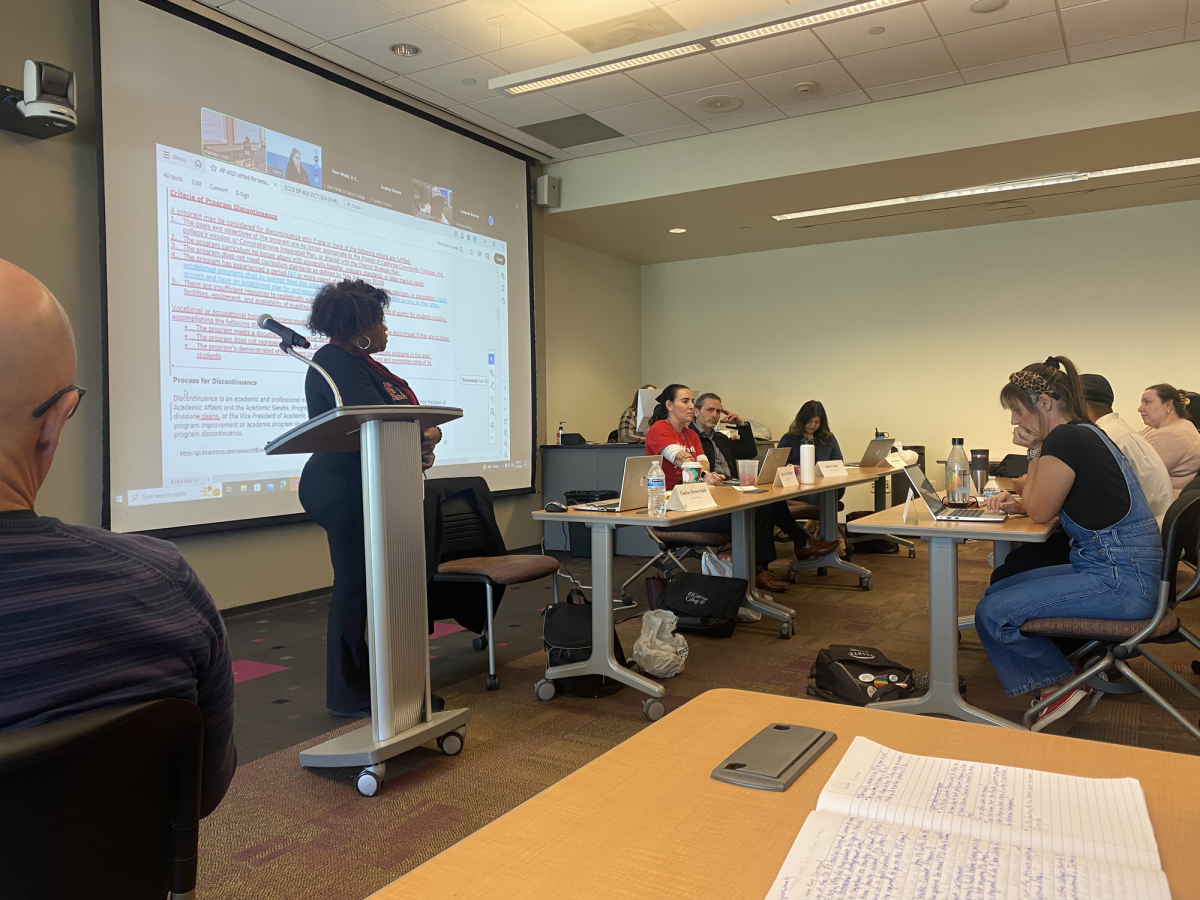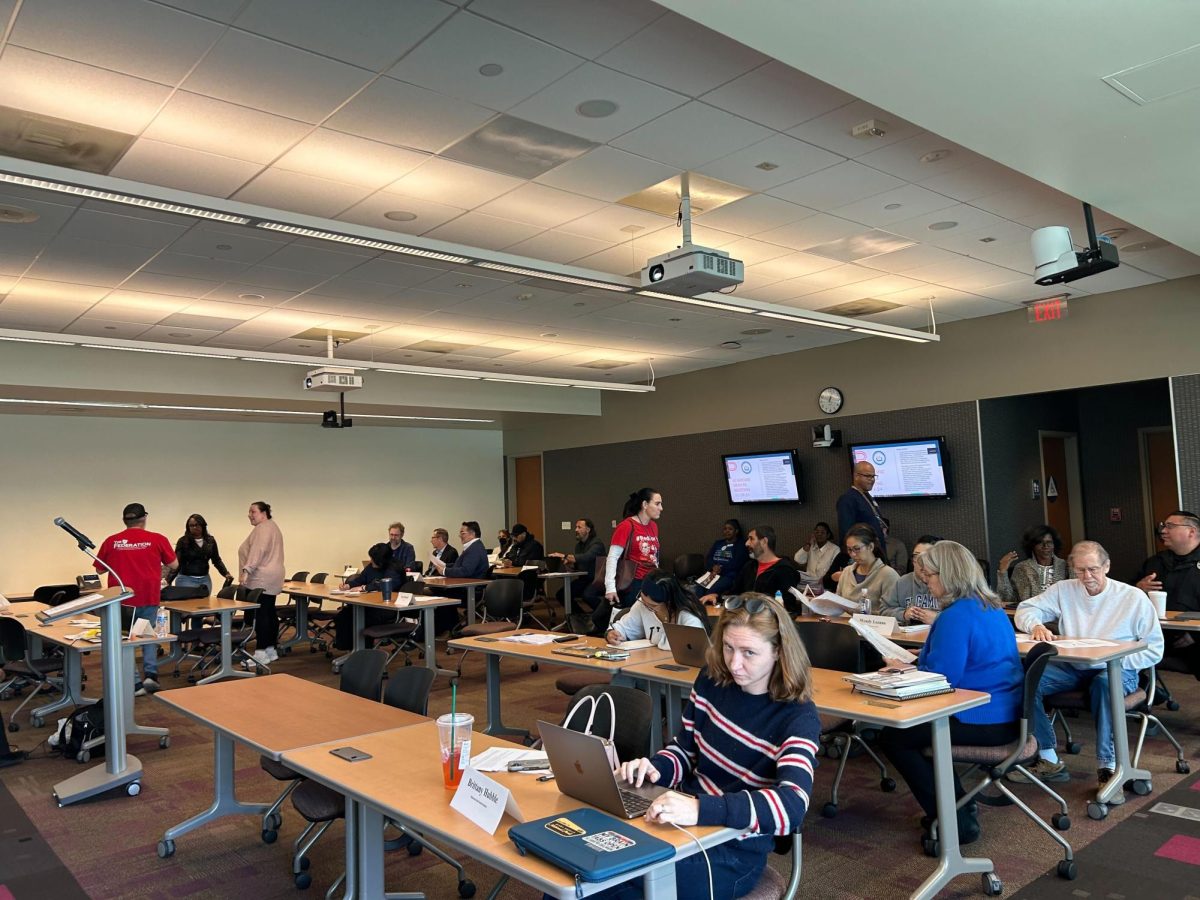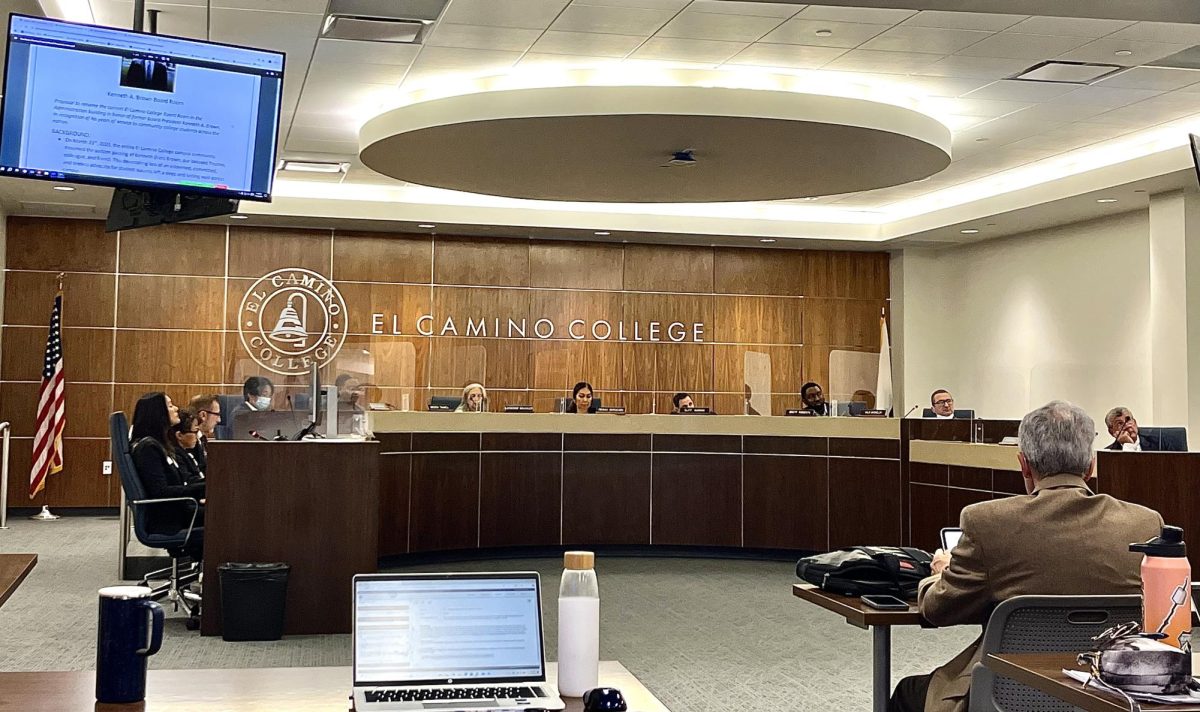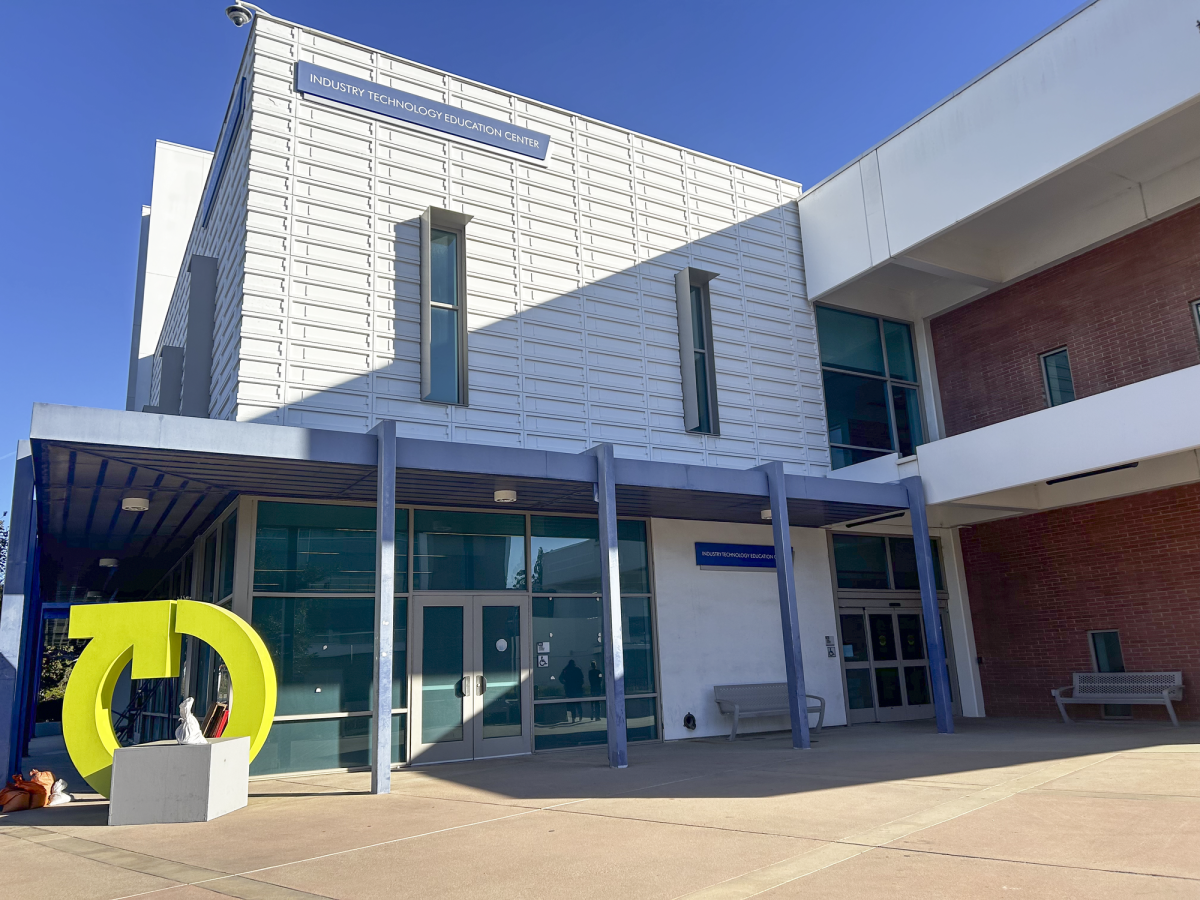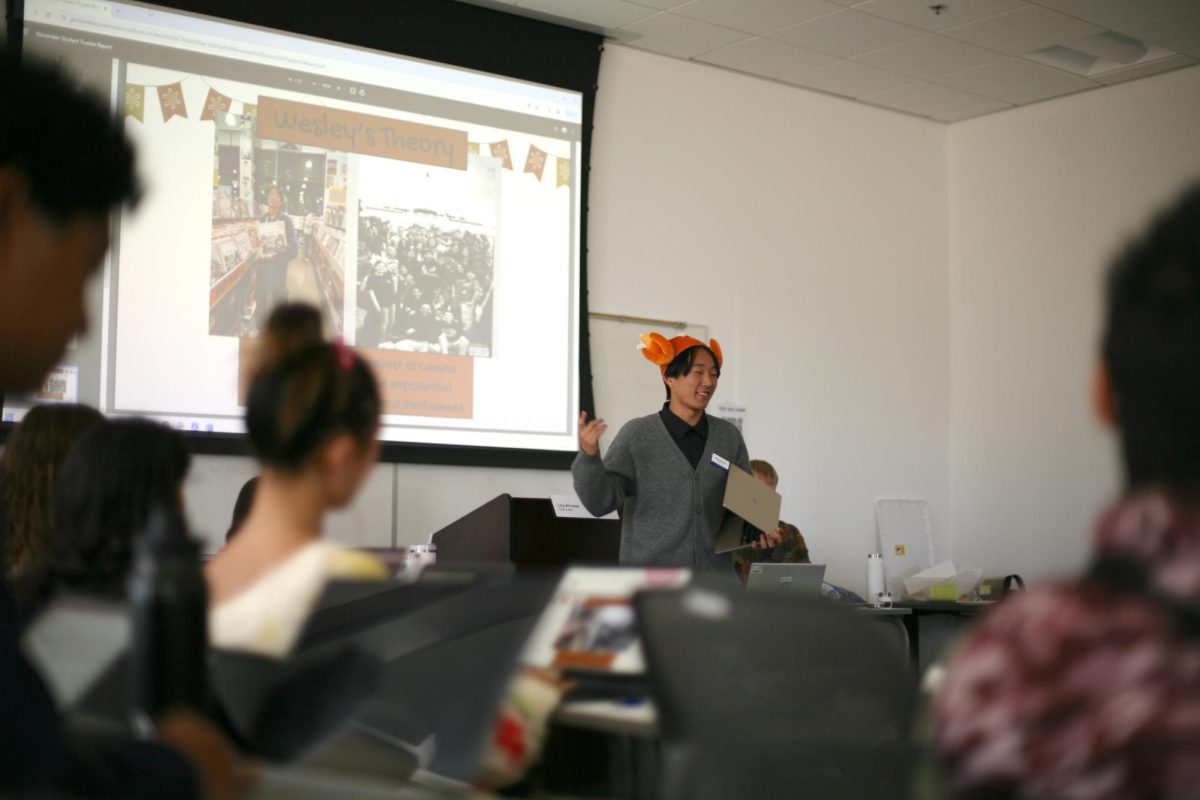On the right side of the Mathematics Building are two doors with no sign that lead down a winding staircase to one of EC’s distinguished programs, the radiological technology program.
Headed by Dawn Charman, program director, the radiological technology program is in its 37th year at EC.
Many students are interested in the program, although it is not an easy program to complete.
“It’s a rigorous program but worth it,” Charman said.
Radiology is a process of using X-ray imaging to diagnose and in some cases, treat diseases, and examine the inner structure of objects outside the medical field.
Before, radiological technicians used film to examine the inner structures, but as of 2007, all hospitals have implemented digital technology.
Using a process called “photospot,” the object can be manipulated and exposed with less radiation dose than film: It allows for an immediate re-creation of the object’s image.
After hospitals began going digital in 1995, EC became the first college to acquire digital technology for the radiological technology program in 2000.
Charman is currently trying to obtain a grant to update the computers for the program, as they have not been updated since being acquired in 2000.
Last fall, 37 students graduated out of the first and second-year programs, which was more than any other technical program on campus.
In order to be eligible for the program, applicants must satisfy pre-requisite requirements and have a minimum 2.25 grade point average and then take a series of radiological prerequisite courses.
Once admitted, students may complete up to 102 units for graduation, along with the general education courses offered at EC.
Students also complete 2,000 hours of clinical work, where the radiology students go to hospitals across the South Bay and implement the skills learned during lecture.
Charman explained that once one is admitted to the program one is immediately put into a hospital setting in, order to understand and use the skills one learns in the radiology courses and the intensity involved in this field of study.
Charman also recommends that students not work outside of school more than 15 hours a week; the program is intense.
“You can read about it, but when you go there you have a greater understanding,” Charman said.
Hospitals that are heavily involved in the program include Little Company of Mary Hospital and Torrance Memorial Medical Center, as well as many other institutions.
According to Charman, students who have completed all requirements for EC’s radiology program have had a 100 percent pass rate on the registry exam, the exam that allows prospects to receive their radiology license.
Radiology students average 91 percent on the exam and the national average is 84 percent, Charman said.
“It’s a good course and it is intense,” Nichole Peck, radiological technology student, said.
Many students involved in the program enjoy what they learn and how they apply those skills.
“One thing students don’t focus on is all of the (preparation) for the class; it’s a two-year pause of your life,” Jef Ura, radiological technology student, said.



